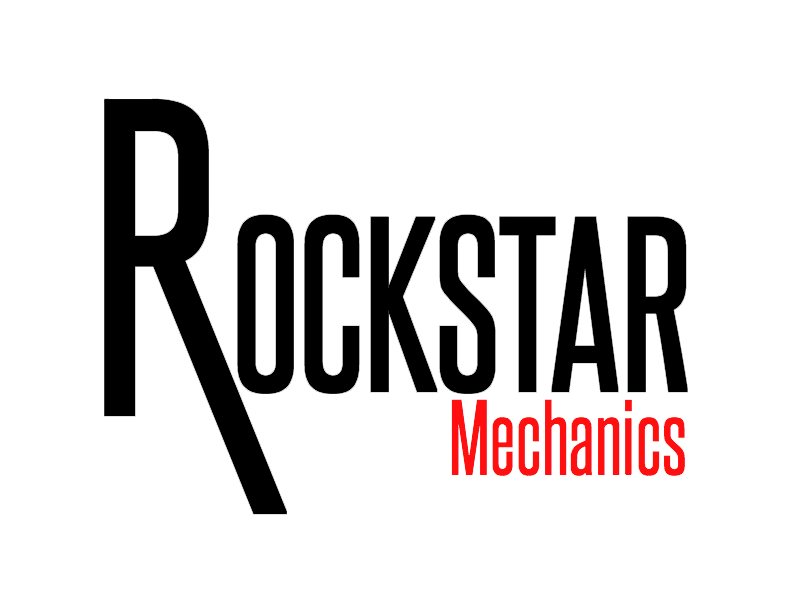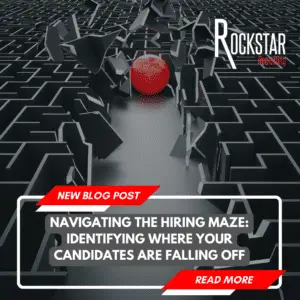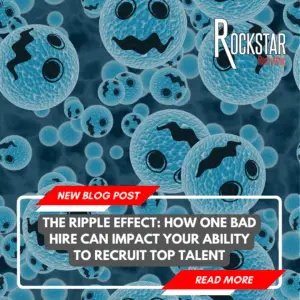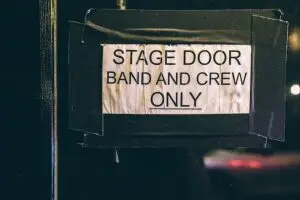The vast majority of mechanics that call me looking for a new job are doing so because they want a raise. They figure they have gone as far as they can with the company they are with and want to see if the grass is greener elsewhere. There are usually some other underlying reasons as well but very few are calling me looking to make a lateral move, they want a better offer.
A better job can mean a lot of different things, it is not always just money but for the purposes of this article we are strictly looking at what makes for a good job financially.
Too many mechanics only look at the base wage, $30/hour is more than $28/hour so it must be better. Unfortunately it is not quite that simple, there are 5 things you want to consider beyond base wage to determine if the total compensation of one job is better:
- Hours Worked
- Benefits/Insurance Cost
- Overtime
- Future Potential
- Location/Commute
1. Hours Worked
This one should be pretty straight forward but often goes unnoticed. When we talk about jobs we loosely talk about 40 hours a week and figure that a $30/hr job is roughly $60,000/yr and a $28/hr job is about $56,000 per year but that is not always the case. Make sure you are comparing apples to apples and take into consideration the hours of operation for each job. Look at the scenario below, for simplicity sake,we will operate using a 50 week calendar as most of us do tend to take a couple of weeks off each year.
Job A
- $30/hour
- Hours – 9-5
- 30 minutes deducted daily for lunch
- Annual hours worked – 1,850
- Annual Earnings – $56,250
Job B
- $28.00/hour
- Hours – 7-5
- Paid Lunch Break
- Annual hours worked – 2,100
- Annual Earnings – $58,800
In this scenario, the $28/hour job actually ends up paying $2,550 more per year. Obviously, there is more working hours involved to get to this point but it is something worth considering if your schedule allows it.
2. Benefits/Insurance Cost
Getting the details of the benefits plan can sometimes be tricky before the offer stage but insist on seeing it and crunching the numbers before making any decisions. I have seen way too many people agree to a higher paying job only to call me a month later because they are actually taking home less money due to the cost of benefits. Let’s stick with the example of a $30/hr job and a $28/hr job and for this one we will assume they are both working 40 hours per week. scenarios.
Job A
- $30/hr – $60,000/year
- Insurance cost – $500/month
- Annual Insurance cost – $6,000
- Annual Earnings = $54,000
Job B
- $28/hr – $56,000/year
- Insurance 100% covered by employer
- Annual Earnings – $56,000
When your employer covers most or all of your insurance/benefits costs it makes a huge difference. Before agreeing to any job make sure you crunch the numbers on insurance costs. A $30/hr job can pay more like a $25/hr job if the insurance costs are high.
3. Overtime
How a company pays out overtime can also make a huge difference. Usually there are State or Provincial Laws dictating when Overtime needs to be paid but that is not always the case and sometimes there are loop holes. For example in Ontario I have worked with some construction companies that are overtime exempt under 50 hours per week due to the classification of their business. Some employers also offer overtime above and beyond what local laws mandate. Most Mechanics end up working more than 40 hours a week and you need to budget for what that is going to pay out. The below example is outlines how much of a difference an Overtime Policy can make.
Job A
- $30/hour
- Overtime Exempt under 50 hours/ week
- Work schedule requires 50 hours per week
- Annual earnings = $75,000/year
Job B
- $28.00/hour
- Overtime paid at 1.5 after 40 hours per week
- Work schedule requires 50 hours/week
- Annual earnings = $77,000/year
4. Future Potential
When you are hired you want to know what the future potential of a role is. If you are hired at the very top of their pay scale you need to budget for being at the same pay rate for your entire time with the company. If you are hired at the bottom or middle of a pay scale then you have upward mobility but you need to know what it might take to make that jump up.
Some companies have a formal pay scale so you can see exactly what needs to be done to climb the ladder. For example, one company that Rockstar works with in the Detroit area gives their technicians a clear path to getting a raise, they break it down like this:
- Every ASE Certification is a $0.50/hr Raise
- State Inspector License is a $0.75/hr Raise
- CDL is a $1.00/hr raise
In this situation, even if you start at a lower rate you can see exactly what is required to get up to a higher earning potential. When deciding between two jobs make sure you consider the future earning potential as well as the starting rate.
5. Location/Commute
When looking at jobs make sure you consider your commute as more than just time. There is the cost of your time but also the real cost of gas as well as wear and tear on your vehicle. The university of California has put out a very handy Commute Calculator that can be very helpful. A commute can add hours of unpaid time to your day as well as $5,000 – $10,000/year in Gas and Maintenance costs.
When considering a new job make sure you do your homework to see what your take home is actually going to be. You may also want to consider the tax implications as sometimes increased earnings just get eaten up with a new tax bracket. There is obviously more to a new job than just the pay rate but don’t take a job without knowing if you can afford it.
If you are in the market for a new opportunity or would like to explore some new options please reach out at 1-833-762-5787 or check out our job board at www.rockstarmechanics.com/jobs.



